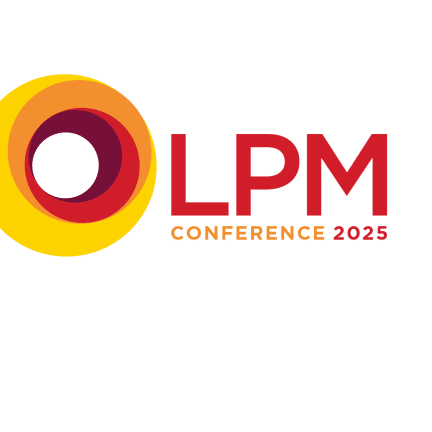
How are midsize law firms positioning themselves for growth and efficiency in 2025?
Actionstep provides a clear snapshot of what law firm leaders at midsize firms are prioritising as they explore new technologies, refine processes, and drive transformation to secure a competitive edge
Midsize law firms in the UK are at a pivotal moment. Economic and competitive pressures mount pressuring law firm leaders to re-evaluate their priorities and investment strategies to stay competitive.
In Actionstep’s inaugural 2025 UK Midsize Law Firm Priorities Report, conducted in partnership with LPM, we surveyed senior leaders from midsize law firms with 20–500 employees to understand how they are harnessing technology, refining processes, and driving transformation to secure a competitive edge.
This report is a benchmarking tool, helping law firm leaders compare their approach with peers and empower them to make informed decisions with confidence.
Here’s a glimpse into what was uncovered.
Talent and client growth: The top priorities for 2025
Law firm leaders are laser-focused on securing top talent (78%) and winning new clients (60%) to drive revenue growth.
With recruitment and retention remaining the toughest challenge (69%), midsize firms are caught between rising salary expectations and the benefits smaller and larger firms can offer.
Despite client expectations evolving, only 33% of firms are prioritising client satisfaction as a key growth strategy — highlighting a potential blind spot.
To remain competitive, firms must strike a balance between attracting top legal talent, investing in the right technology, and ensuring client service is consistent and efficient.
Client experience and digital transformation: The missed opportunity?
Client expectations are changing, but are firms keeping up?
While 35% of midsize law firm leaders feel their firms lack the right technology to fully support clients, a significant number still don’t offer key digital tools in their client service experience:
- 38% provide client portals.
- 31% enable document collaboration.
- Just 12% offer online appointment booking.
At a time when firms need to differentiate themselves, seamless digital experiences can be the key to driving both efficiency and satisfaction.
Automation is seen as valuable, yet AI isn’t fully adopted
74% of law firm leaders actively seek new technology to boost efficiency, yet adoption remains slow.
- 54% of firms have embraced process automation for managing workloads.
- Only 26% are experimenting with legal-specific generative AI (genAI).
- Cost is a major barrier to AI adoption for nearly half of midsize firms (46%).
While automation is widely used, genAI tools in legal work, such as those for document review and legal research, are still in their infancy. Leaders are weighing the benefits of efficiency against risks like compliance, data security, and the unpredictability of AI-generated outputs.
Risk and compliance: Are firms overconfident?
96% of law firm leaders are confident in their firm’s compliance with anti-money laundering (AML) regulations, yet key gaps remain.
- 54% struggle to stay up to date with evolving compliance requirements.
- 47% identify staff training as a major pain point.
- 85% feel prepared for cybersecurity threats, yet 72% see human behaviour as the biggest risk to security.
Firms that proactively invest in compliance automation, training and risk mitigation will be the best positioned to manage regulatory complexity while maintaining client trust.
Actionstep’s top takeaways for midsize Firms
1. Technology can be a competitive advantage, but only if it enhances efficiency, supports varying needs of talent, and improves client service delivery.
2. Digital client experiences matter, and firms should consider online portals, process automation, and self-service tools to meet evolving client expectations.
3. AI and automation should be deployed strategically, explore balancing efficiency gains with maintaining human expertise and oversight.
4. Change resistance should be challenged, law firms that embrace innovation and continuously test new approaches will gain a stronger competitive edge.
5. Risk management must remain a priority, firms need to align technology, compliance processes, and staff training to stay ahead of security and regulatory challenges.
As 2025 unfolds, the most successful midsize firms will be those that strike the right balance between people, technology and operational resilience.
Read the 2025 UK Midsize Law Firm Priorities Report to explore the full data and insights: Download the report




